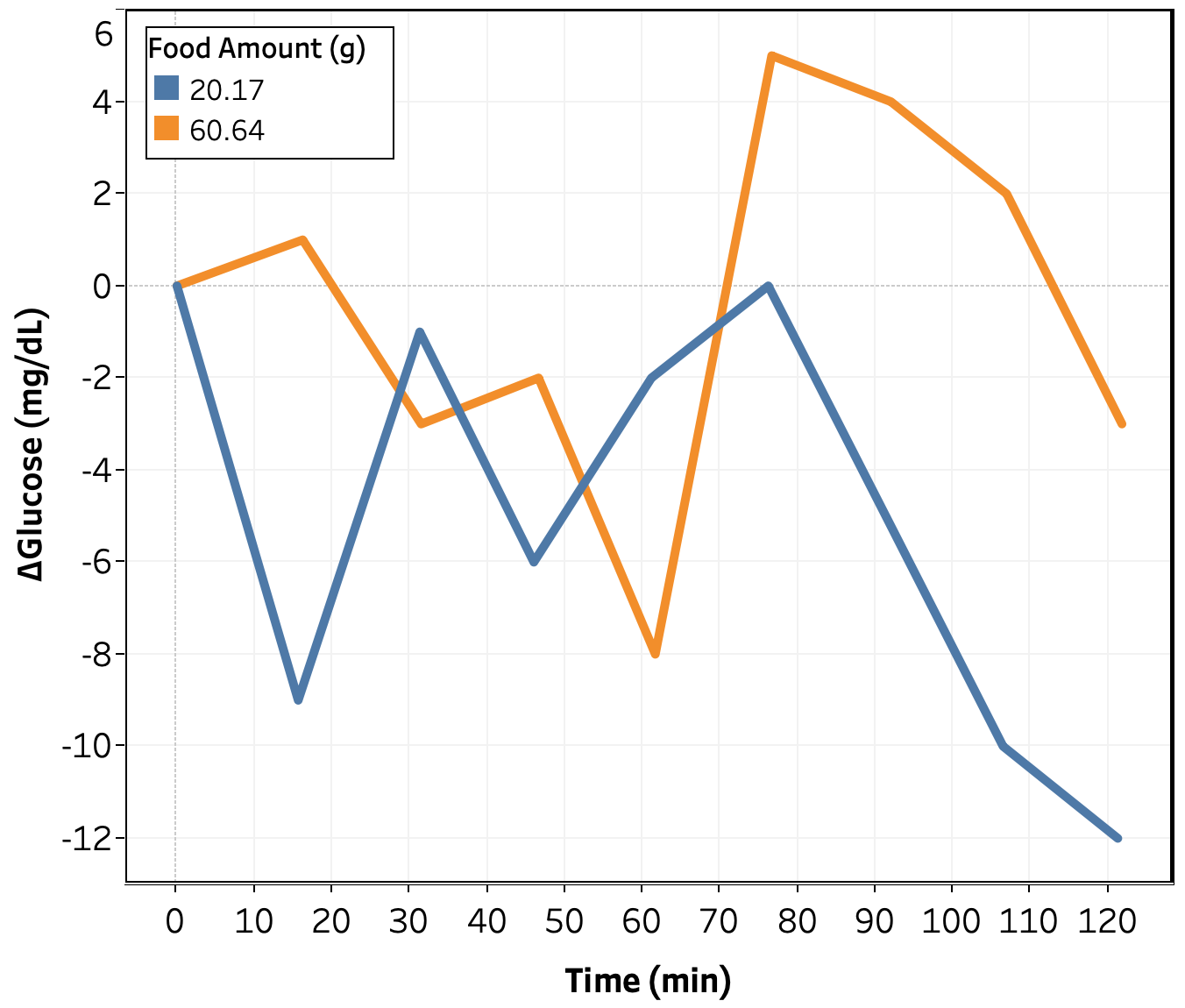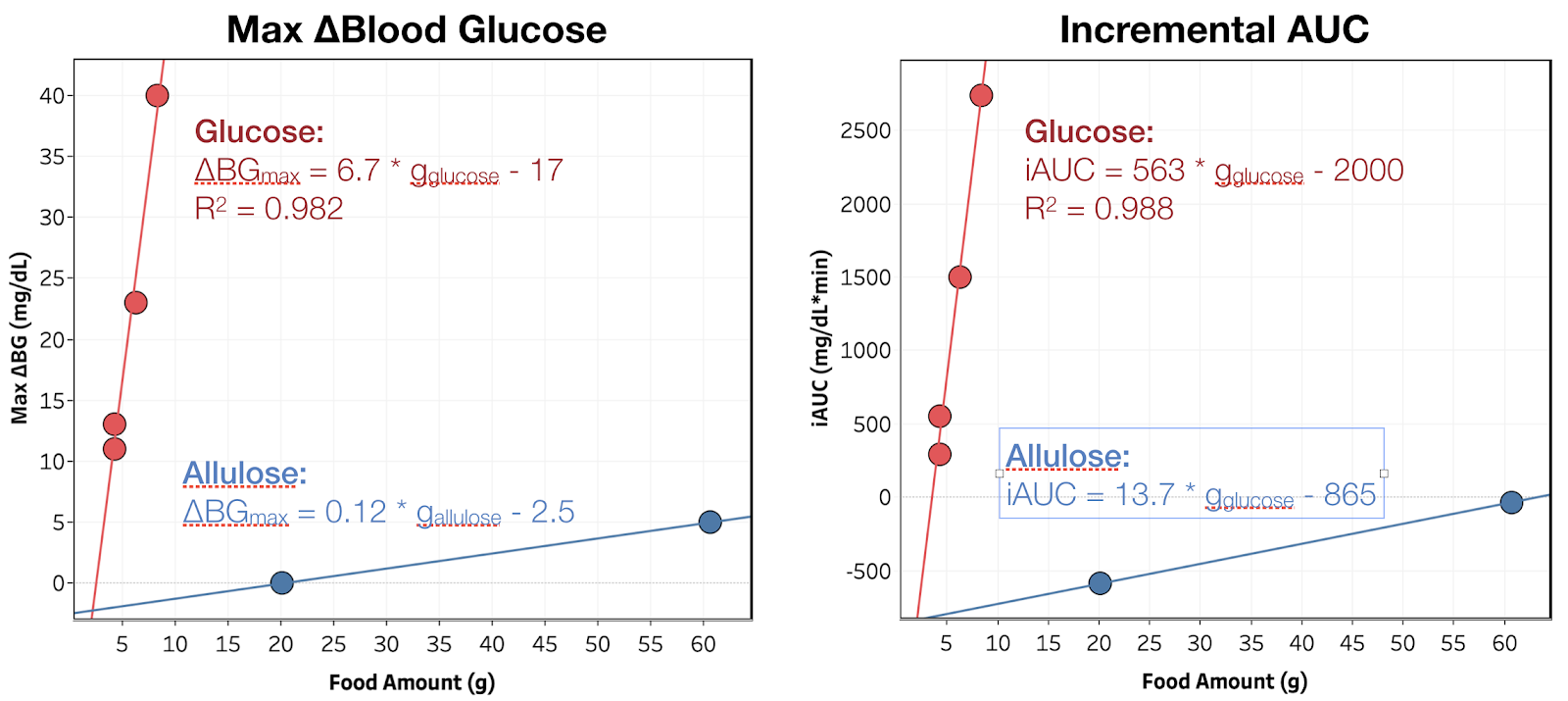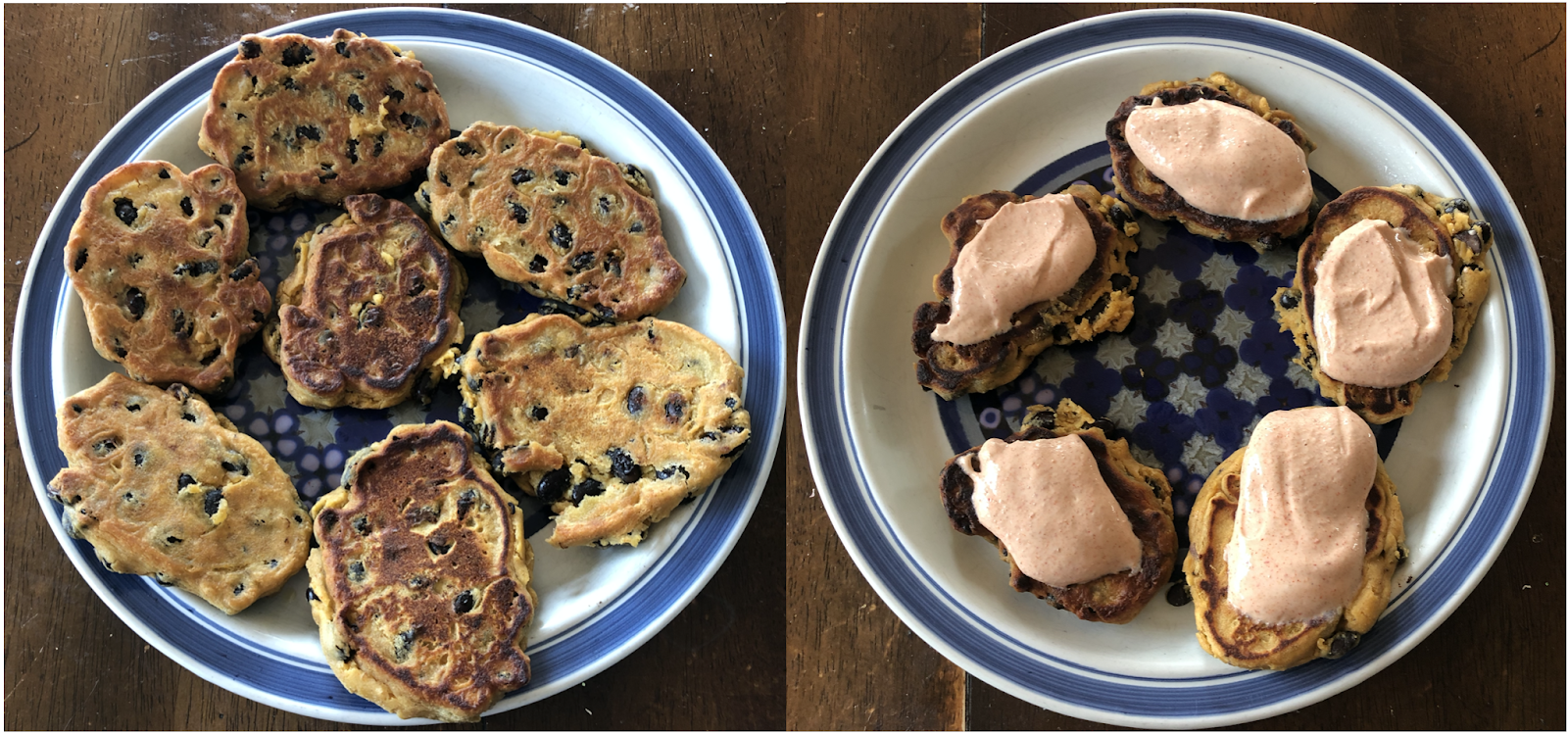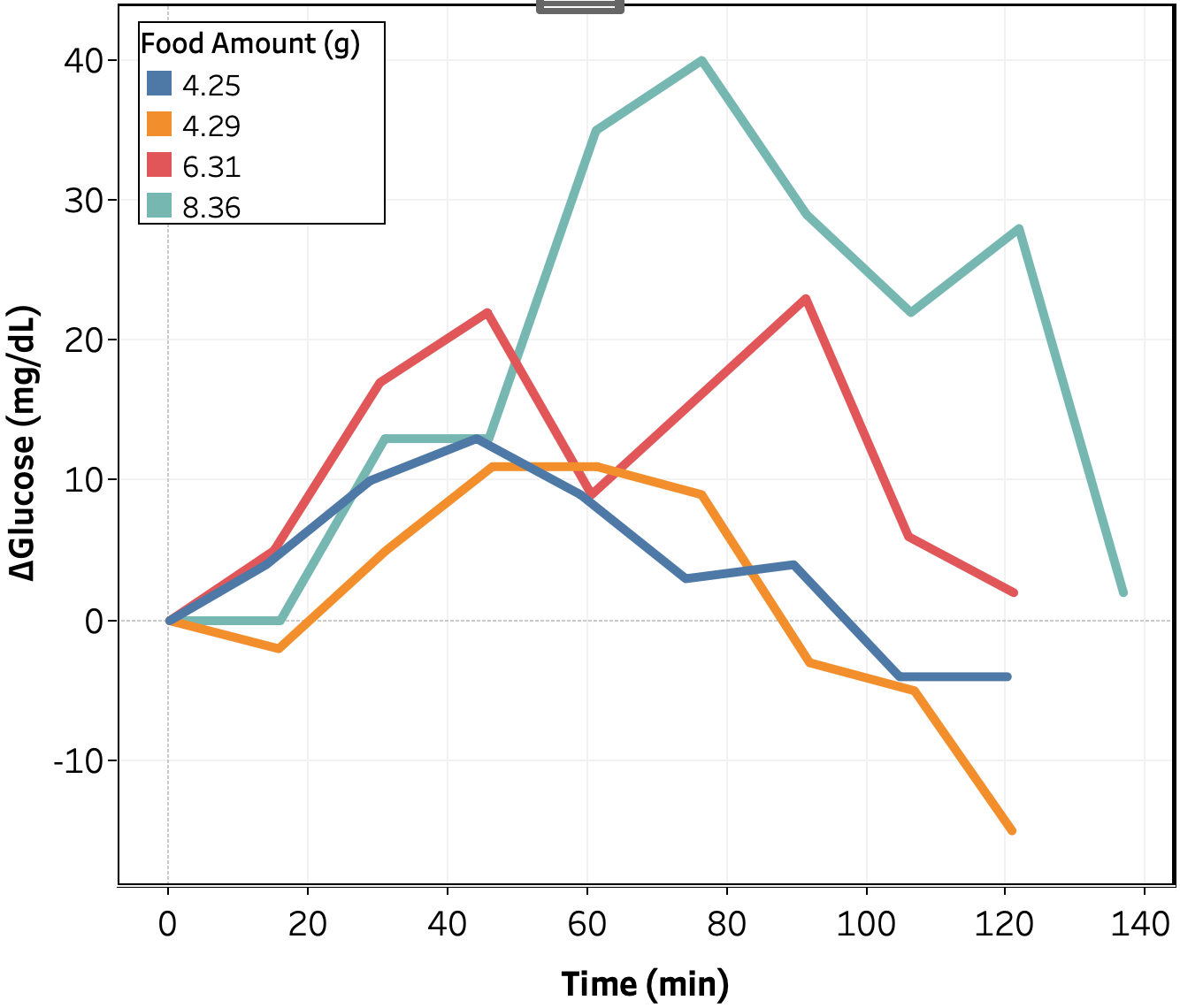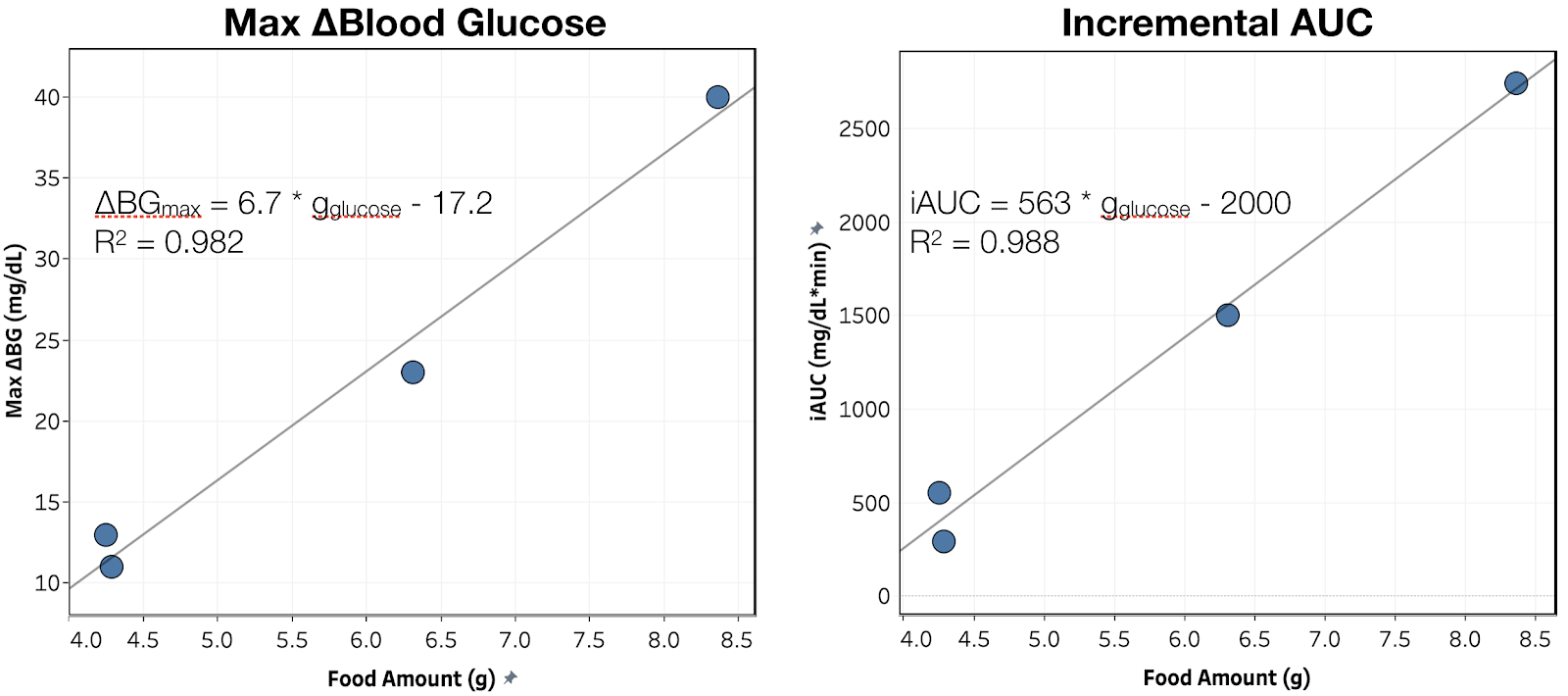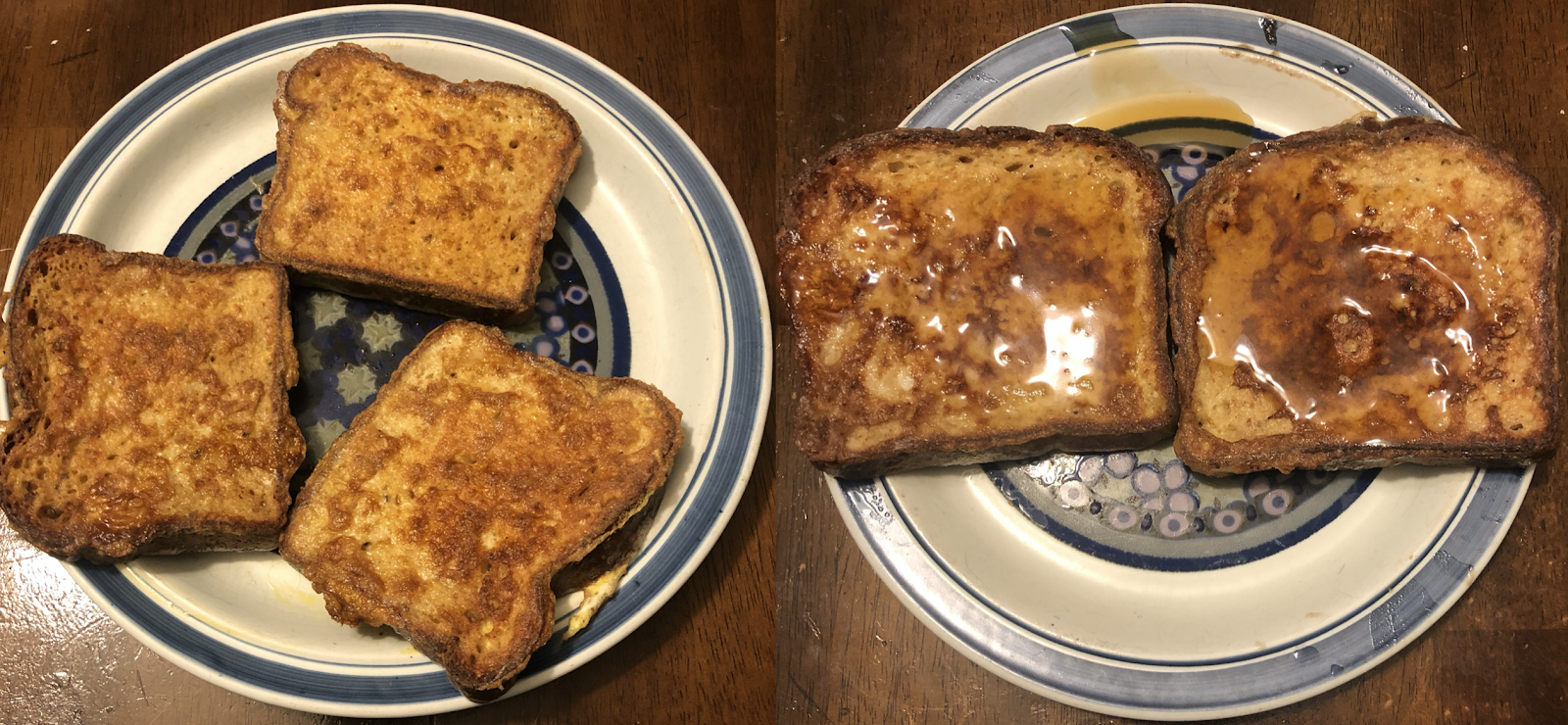Get new posts by email or rss feed
This post is the final report on our Community Self-Experiment studying the effect of hot showers on blood glucose. If you don’t want to read all the details, the highlights are in the Background & Summary section immediately below.
Thanks to the whole team for all the work they put in figuring out the protocol, running the experiments, and analyzing the data: u/NeutyBooty, u/jrdeutsch, u/analphabrute, u/bradbitzer, u/tavirio, u/sean101v, and u/white5had0w!
Background
On 1/28/20, u/NeutyBooty posted on how hot showers caused their blood glucose to rise. Lot’s of commenters confirmed the general observation, but some thought it was a CGM artifact, some said it matched their finger-stick meter, and others said they saw a BG drop instead of a rise. In our interim report, u/tzatza pointed out several literature reports showing BG increasing with increasing body temperature, though I was unable to find any studies that specifically looked at the effect of showering.
To figure out what’s really going on, we decided to do a communal self-experiment. 8 Redditors with diabetes developed an experimental protocol, measured their blood glucose before and after 41 showers using a combination of CGMs and BGMs, and analyzed the results.
Summary of Results
By working together, the team of experimenters was able to learn more and learn faster than any one of us would have been able to on our own. From the data, we were able to answer several of our initial questions:
- What is the change in blood glucose after a hot shower under controlled conditions?
- From BGM: 12 ± 17 mg/dL
- From CGM: 21 ± 15 mg/dL
- Is the observed change in blood glucose real or a CGM sensor artifact?
- The change is real, not a sensor artifact (change is observed with BGM; CGM measurements are consistent with typical variation between CGM and BGM)
- We cannot rule out the difference in effect size between BGM and CGM being due to a sensor artifact, but the data does not provide support for this hypothesis.
- Is there significant person-to-person variation in the magnitude or direction of the effect?
- The data is consistent with person-to-person variation, but significantly more data and/or more controlled conditions are required to determine if the variation exists and it’s effect size.
- Is the change in blood glucose cause by the hot shower?
- We can not identify any factors that account for the blood glucose rise other than the shower, but would need significantly more data and/or more controlled conditions to be certain that the shower is the cause.
While we were not able to get firm answers to all of our questions, we did get a measure of the effect size and rule out it being a CGM sensor artifact (the leading hypothesis in the original post). We also learned a lot that will help guide future Community Self-Experiments.
Overall, we consider the experiment a success and plan to do more community experiments. The next one is a study to measure the effect of food ingredients and combinations on blood sugar (especially those used in low-carb diets). If you’re interested in joining in, let me know in the comments or send me a PM.
Initial Questions
When designing the study, we had four questions we wanted to answer:
- What is the change in blood glucose after a hot shower under controlled conditions?
- Is the observed change in blood glucose real or a CGM sensor artifact?
- Is there significant person-to-person variation in the magnitude or direction of the effect?
- Is the change in blood glucose cause by the hot shower?
Experimental Design/Methods
Procedure. Protocol here.
Data Processing. All data was converted into consistent units and put into an excel spreadsheet. From the raw data, I calculated change in BG from start of shower, as well as the largest relative change, and the time until largest relative change (see spreadsheet for calculation details). Visualization was done using Tableau.
Data
Analysis
What is the change in blood glucose after a hot shower under controlled conditions?
To answer this question, I plotted largest observed change over the 1 hour monitoring period for each shower as measured by both BGM and CGM (see Figure 1).
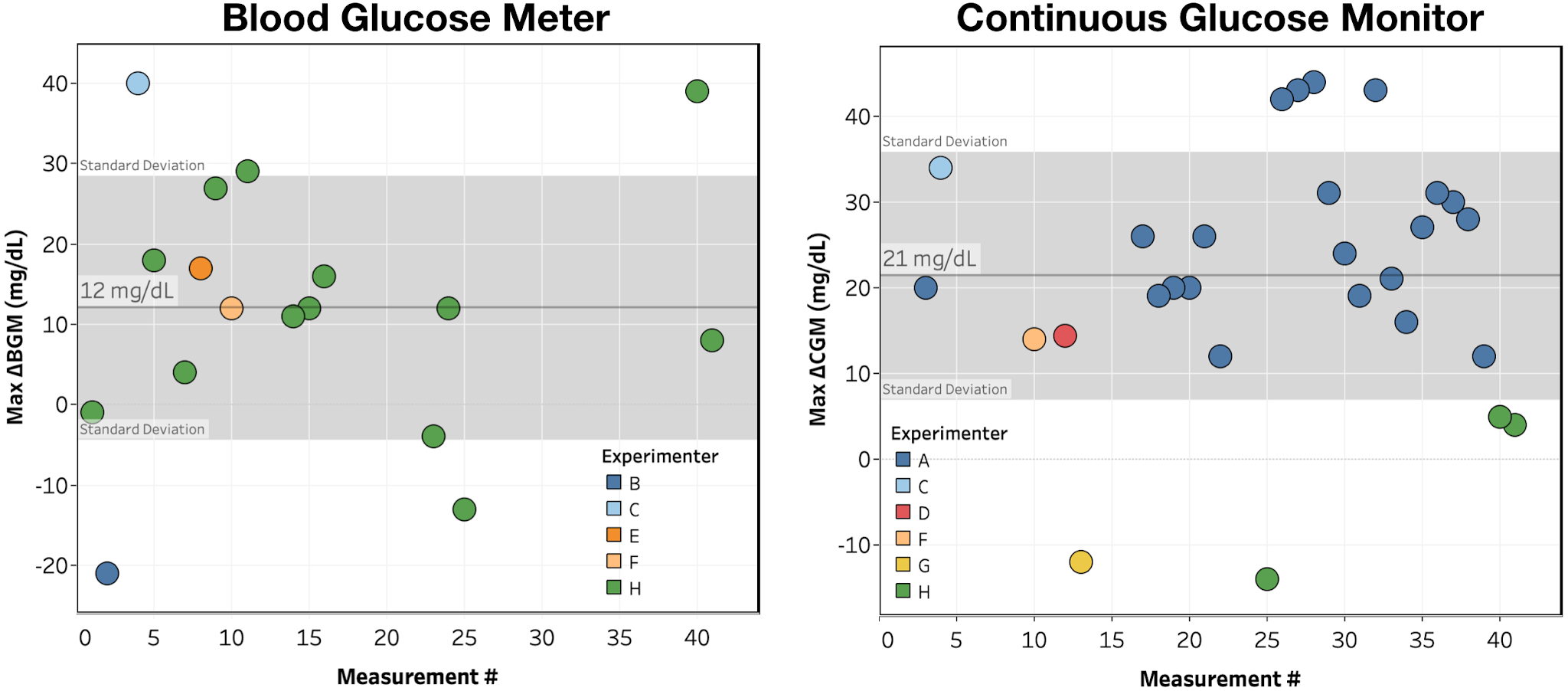
Looking at the data in Figure 1:
- There is a large rise in blood glucose following a hot shower, though with significant variance in the size of the effect.
- The rise is observed for both BGM (12 ± 17 mg/dL) and CGM (21 ± 15 mg/dL) measurements.
- By count, we see (1 measurement excluded due to recording error):
- >5 mg/dL increase: 34/40 (85%)
- >5 mg/dL decrease: 3/40 (7.5%)
- <5 mg/dL change: 3/40 (7.5%)
Conclusion: Blood glucose showed a consistent, measurable increase within 1h of taking a hot shower.
Is the observed change in blood glucose real or a CGM sensor artifact?
Looking again at Figure 1, the increase in blood glucose is seen for both BGM and CGM measurements, indicating that it can’t be just a CGM artifact.
To further confirm this conclusion, we looked at the data from person H comparing BGM vs. CGM measurements during the normal course of the day vs. after a shower. As shown in Figure 2, for a single Libre sensor, there is a linear relationship between measured blood glucose by BGM vs. CGM and the data collected immediately and 15 minutes after a shower mostly lies within the normal variance in the data, with all exceptions showing a lower blood glucose measured by CGM. This indicates that any variation in CGM data due to a sensor artifact is smaller than the observed increase in blood glucose. Note that while this confirms that the measured effect is not exclusively due to a sensor artifact, it is still possible that a sensor artifact accounts for the difference in effect size as measured by BGM vs. CGM (12 vs. 21 mg/dL).
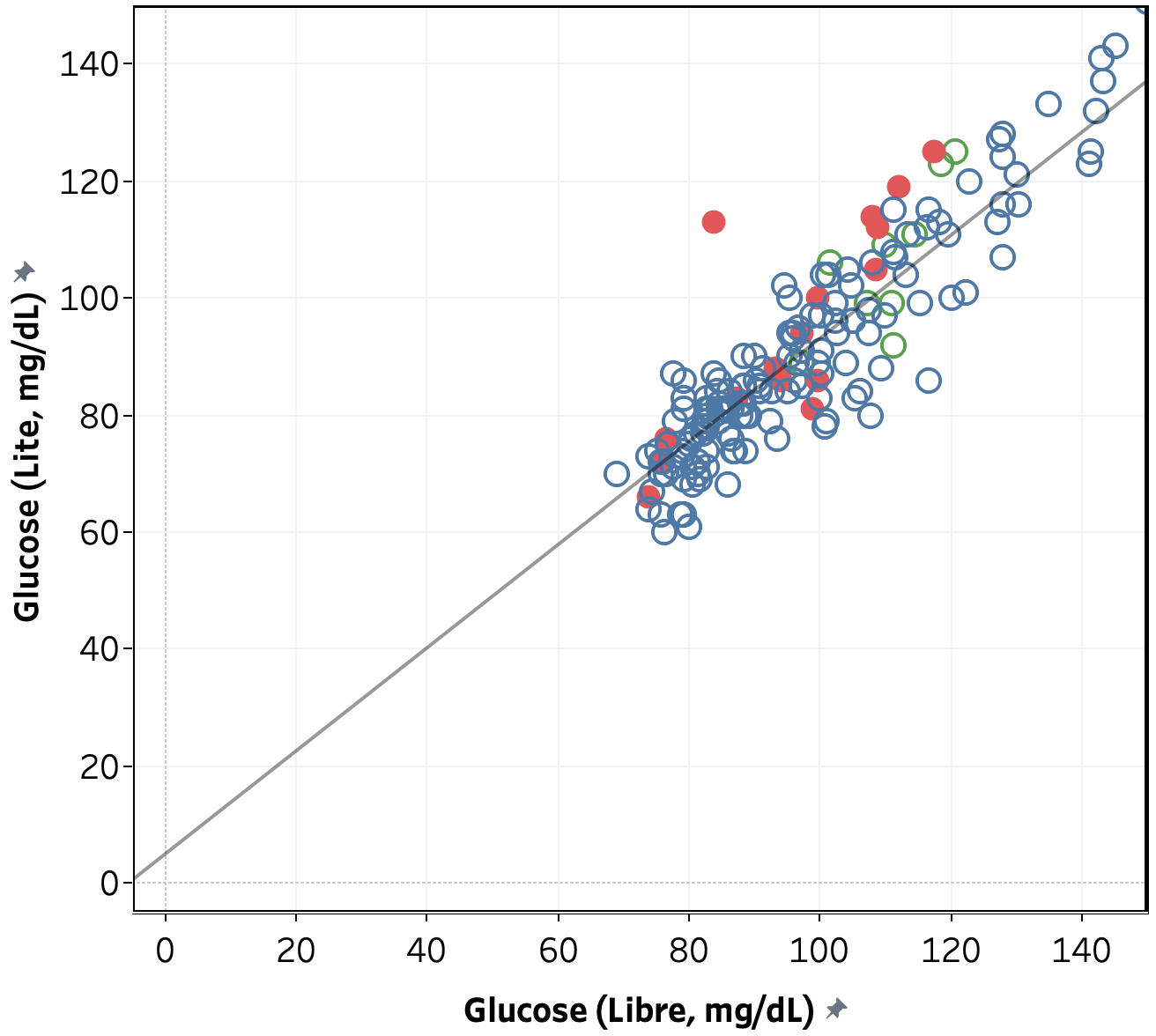
Conclusion: The observed increase in blood glucose is not a CGM sensor artifact (though a partial effect from the CGM sensor is not ruled out).
Is there significant person-to-person variation in the magnitude or direction of the effect?
Looking again at the data in Figure 1:
- A >5 mg/dL increase in blood sugar is observed for 6/8 (75%) of participants, with 2/8 (25%) showing a >5 mg/dL decrease in blood sugar.
- Only 2 participants provided multiple measurements, A and H. For those we observe:
- A: 12 ± 16 mg/dL
- H: 26 ± 14 mg/dL
- The difference is statistically significant (Welch’s t-test, p=0.016), but since the measurements were made using different methods (CGM for A, BGM for H), times (10 min. for A, 20 min. for H), and temperatures, this is only weak evidence for person-to-person variation.
Conclusion: The data is consistent with person-to-person variation, but significantly more data and/or more controlled conditions are required to determine if the variation exists and it’s effect size.
Is the change in blood glucose cause by the hot shower?
This is the most difficult question to answer. In hindsight, we should have done some randomized experiments where the experimenters held conditions as constant as possible, randomly decided whether or not to shower, and measured blood glucose either way. In the absence of that data, we analyzed the data we had for any correlation between the blood glucose rise and non-shower factors. It should be noted that the protocol did not control for any of these factors, so no causation or lack thereof should be inferred from the analysis.
- Max ΔBGM or Max ΔCGM vs. hour of the day – no trend across the whole data set, nor within experimenters
- Max ΔBGM vs. starting BGM – no trend across the whole data set, but within Experimenter H’s data, there’s an indication of a negative correlation (R2 = 0.32, p = 0.045).
- Max ΔCGM vs. starting CGM – no clear trend across the whole data set, nor within experimenters.
- Max ΔBGM vs. Temperature – no clear trend across the whole data set, nor within experimenters. Note: most experimenters did not record the shower temperature and the one who did (Person H) kept the temperature within ±3 °C.
- Max ΔBGM or Max ΔCGM vs. Time since last meal or medication – There’s a positive correlation over the whole data set, but it doesn’t hold up within the two experimenters with repeat measurements, suggesting that it’s an effect person-to-person variation, possibly caused by systematic variation in conditions.
Conclusion: We can not identify any factors that account for the blood glucose rise other than the shower, but would need significantly more data and/or more controlled conditions to be certain that the shower is the cause.
Conclusions & Lessons Learned
By working together, the team of experimenters was able to learn more and learn faster than any one of us would have been able to on our own. From the data, we were able to answer several of our initial questions.
Conclusions:
- What is the change in blood glucose after a hot shower under controlled conditions?
- From BGM: 12 ± 17 mg/dL
- From CGM: 21 ± 15 mg/dL
- Is the observed change in blood glucose real or a CGM sensor artifact?
- The change is real, not a sensor artifact (change is observed with BGM; CGM measurements are consistent with typical variation between CGM and BGM)
- We cannot rule out the difference in effect size between BGM and CGM being due to a sensor artifact, but the data does not provide support for this hypothesis.
- Is there significant person-to-person variation in the magnitude or direction of the effect?
- The data is consistent with person-to-person variation, but significantly more data and/or more controlled conditions are required to determine if the variation exists and it’s effect size.
- Is the change in blood glucose cause by the hot shower?
- We can not identify any factors that account for the blood glucose rise other than the shower, but would need significantly more data and/or more controlled conditions to be certain that the shower is the cause.
While we were not able to get firm answers to all of our questions, we did get a measure of the effect size and rule out it being a CGM sensor artifact (the leading hypothesis in the original post). We also learned a lot that will help guide future Community Self-Experiments.
Key Lessons Learned:
- Community Self-Experiments enable collection of data much faster than single-person experiments, both because more people are collecting data and because the group activity motivates participants.
- Take more care with the experimental design, especially the implementation of control experiments to help rule out alternate hypotheses.
- Implement better data sharing/management. In this experiment, data was posted, then manually entered into an excel sheet, which was very time consuming.

